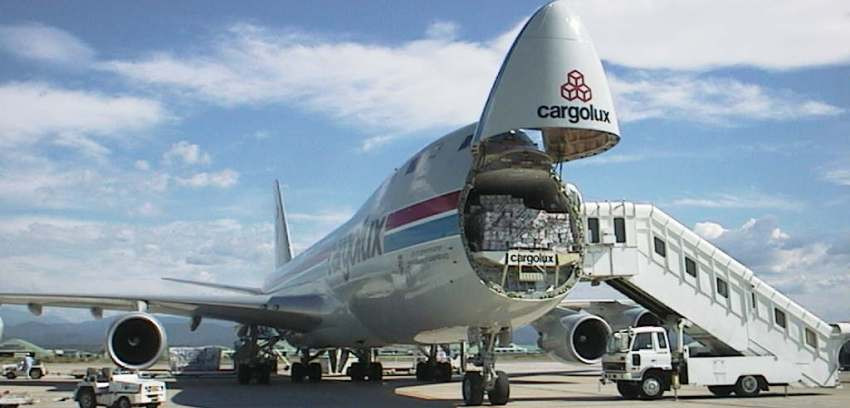Air Cargo Growth Trend Pauses
Thời sự - Logistics - Ngày đăng : 09:21, 15/05/2014

While this marks a significant improvement in volumes compared to March 2013, much of the growth took place in the final quarter of 2013 (over and above the usual year-end volume growth). Since the beginning of the year, air cargo volumes have been basically flat. This plateau in volumes is consistent with the recent pause in improvements to business confidence and world trade.
Business conditions in the US and Europe, however, provide a reason to be cautiously optimistic for a resumption of growth in the months ahead. Rising export orders, in particular, are expected to give positive momentum to US and European markets. But this is balanced against the impact of a slowdown in Chinese manufacturing which is now into its fourth month. This has already impacted exports from emerging Asian countries, which contracted in February.
“Cargo markets had a boost in the last quarter of 2013, but have now levelled off. It is a competitive industry with growing capacity chasing weak demand,” says Tony Tyler, IATA’s Director General and CEO.
He adds that the business cycle will eventually swing upwards. But the air cargo industry also needs to improve its value proposition if it is to attract growth when markets improve.
“Modernizing air cargo processes and infrastructure offers the potential to cut end-to-end shipping times by up to 48 hours,” says Tyler. “We cannot let market doldrums hold us back from this critical competitive gain.”
In the 40 years since the introduction of the 747 freighter, the end-to-end shipping time for goods by air has remained unchanged, at six to seven days. During this period, innovators have created a new value proposition for shippers and consumers based on an end-to-end model, speeding up deliveries through integrating the airline and ground components of freight, challenging the existing business model for many participants. At the World Cargo Symposium in March, IATA’s Global Head of Cargo Des Vertannes challenged the industry to cut the end-to-end air freight shipment time by 48 hours by the year 2020, to enhance the competitiveness and value of air cargo.
Evan Armstrong, president of Stoughton, WI-based Armstrong & Associates, maintains, however, that air cargo remains a “deficit mode,” for most shippers.
“We don’t see third-parties moving a lot of cargo off the water,” he observes.
